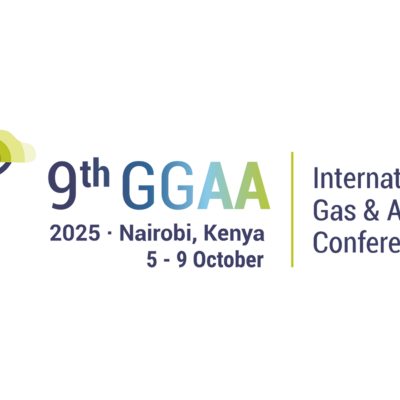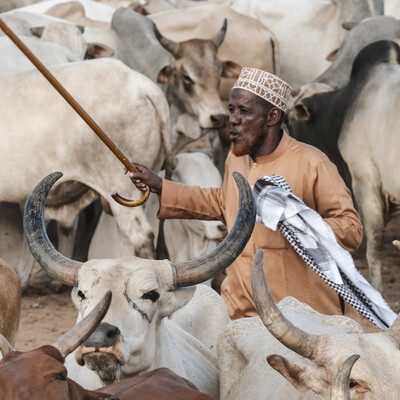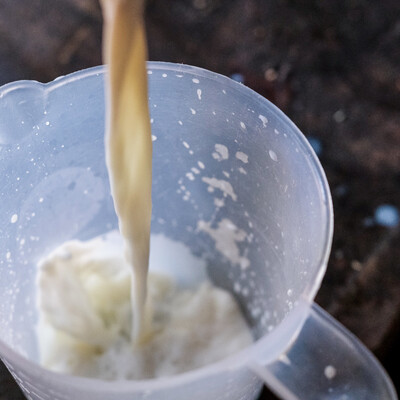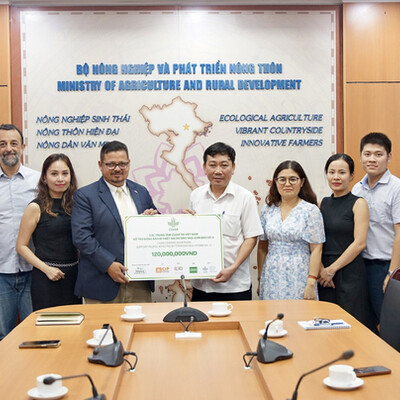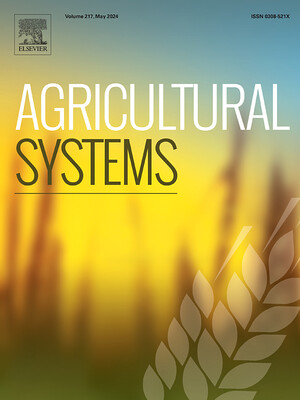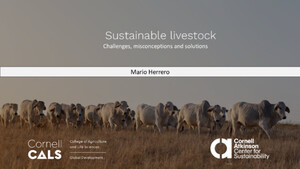
Changing climate, changing cattle farming - Part 1
How do we intensify livestock to feed the global south, but also mitigate climate emissions? Is it possible to increase livestock productivity while decreasing its environmental cost?
Tim Offei-Addo returns to The Boma to talk to three ILRI researchers - Esther Kihoro, Todd Crane and Renee Bullock - who want the world to know that to begin to answer that question we must first understand the people who are doing the farming.
It's not enough, they say, to think up ways to reduce climate emissions from livestock. What's good for the crop farmer who needs cattle for draught will not be good for the roaming Maasai herder. If dairy production becomes more commercialised, what will happen to the women who provide so much the labor in household farms? And cattle farming is more than a means of producing milk to many people - it is embedded in their culture, essential for status, marriage, finances, and many more purposes.
Livestock systems vary greatly around the world and can enhance or harm the environment depending on how they are managed. Listen to this two-part mini-series looking at the tricky relationship between livestock and climate change.
Chapters
0.28 Why is milk the 'white gold'?
1.27 Different types of 'dairy' farmers
4.10 How dairy farmers are linked to markets
6.01 Why dairy farmers need different solutions to reduce greenhouse gases
7.27 The knock-on social effects of sustainable farming techniques
10.12 Cows aren't just for milk or meat. They mean much more.
11.56 Do women have a different experience of farming than men? How do we support them?
16.08 Why the right policy is vital to support dairy intensification
Hover over the player and click on the Share icon ![]() for subscription options.
for subscription options.
ILRI's work on climate change adaptation and mitigation
Environment news and research
Programme for climate-smart livestock systems





